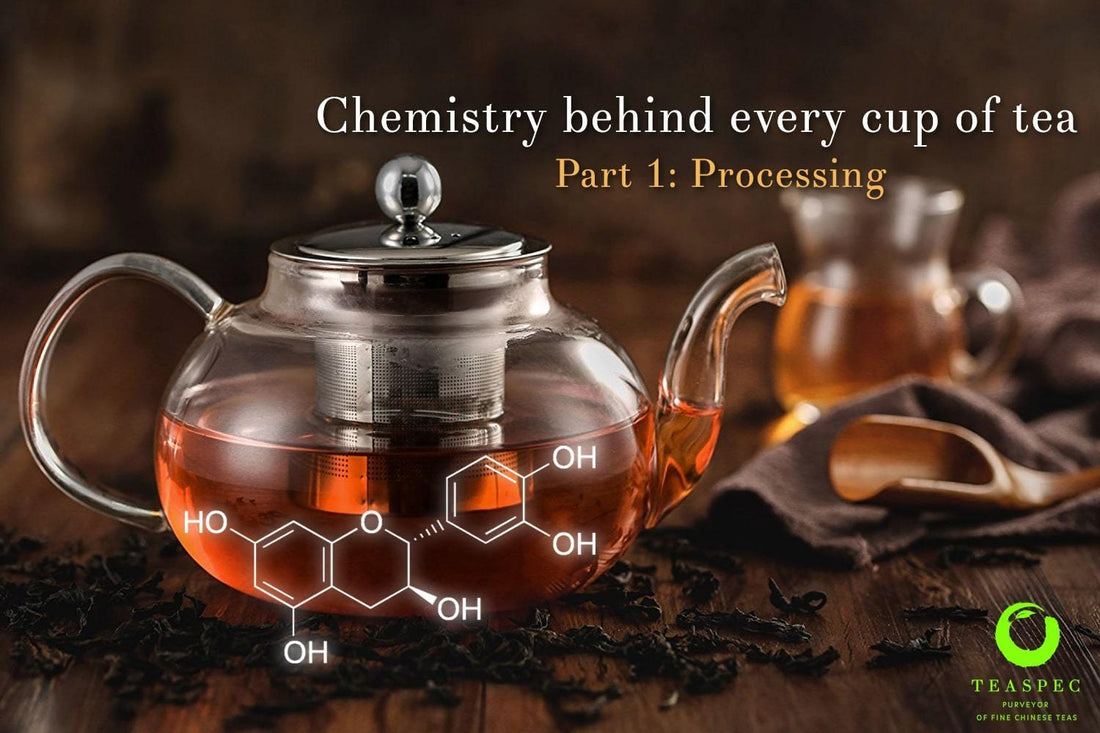
Chemistry Behind Every Cup Of Tea
Tea is considered a wonder of nature in the world of chemistry. According to Nikolai Kuhnert, a renowned chemist from Jacobs University in Bremen, Germany, “Tea is the most mysterious and fascinating food material in the world in terms of its chemical properties.”
So what makes tea so significant?
The life cycle of tea can be divided into two major segments:
- Processing tea leaves
- Brewing tea
Different types of tea
While there are many types of tea—white tea, green tea, Oolong tea, black tea, Pu’er tea and many more—Did you know they all came from the same plant, “Camellia sinensis”?
But how is that they all taste, smell and look differently? The answer lies in chemistry.
Tea leaves undergo a long process after harvesting. Usually, this process is divided into 5 steps, reshaping the organic structure of the tea leaves in order to obtain the specific type of tea required.
Withering
As the Camellia sinensis leaves are thick and waxy on the plant, they must be softened or withered in order to make them flexible for crafting.
All tea leaves must go through this important step. Without withering, subsequent heating steps would produce something similar to cooked vegetables instead of dried tea leaves. During the withering process, the water content of the leaves is reduced by half.
Bruising
After withering, crafting methods start to diverge for different types of tea. Oolong teas, black teas, and Pu’er teas usually undergo a bruising process. Leaves are rolled, twisted, or crushed in this stage. The purpose of bruising is to break down cell walls of the leaf in order to facilitate oxidation.
Oxidizing
Oxidation differs for different types of tea. Oolong and black teas are highly oxidized while green tea and Pu’er teas are not oxidized at all. With cell walls broken after bruising, an enzymatic reaction turns the leaves brown during oxidation.
Fixing
To halt oxidation, tea leaves are heated. Colour and physical structure of the leaves are preserved during this stage. Heat causes major transformation in the chemical structures of the leaves, allowing a dramatic conversion in their taste and flavours. The final colour, flavour and taste of the tea are determined in this step.
Drying
To preserve the leaves for long time, all types of tea go through this final process of removing the residual moisture. With water molecules removed entirely, tea leaves become chemically inactive and unable to modify their nature anymore. These tea leaves are preserved in this condition until they are added into water. Voila! The tea leaves are ready to be packed and shipped!
We will discuss the chemistry behind brewing tea in our next post.
